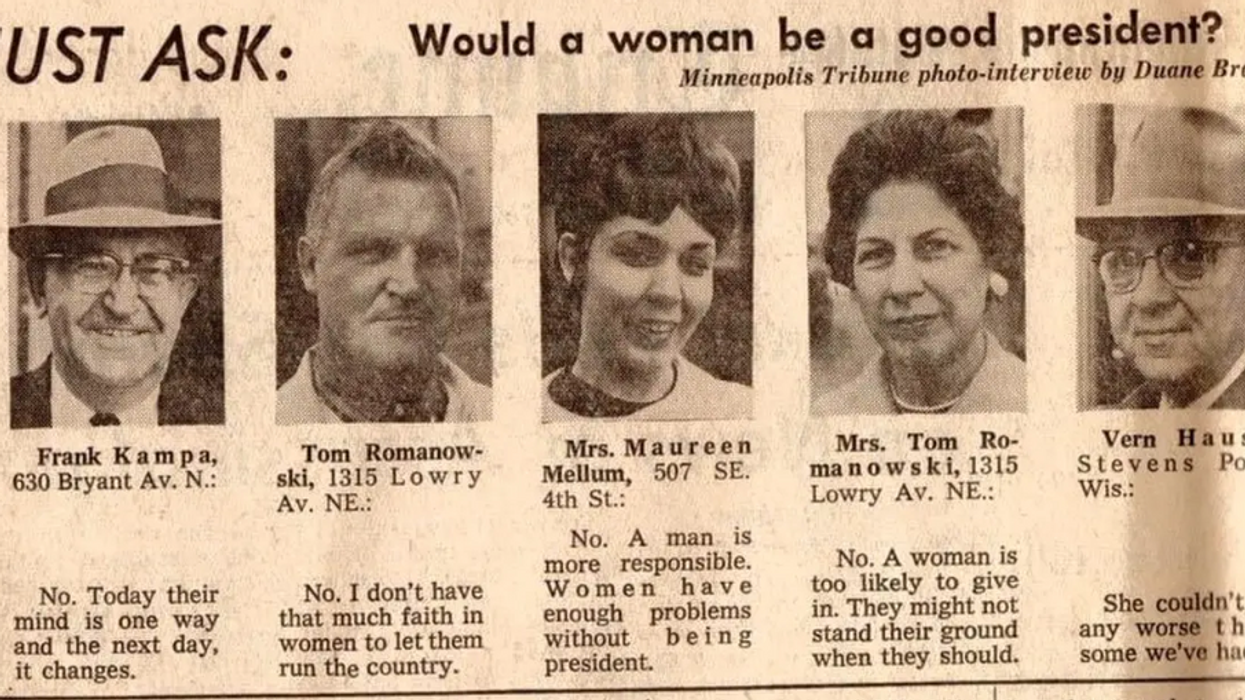Earlier this year, a group of researchers at the University of Tokyo unveiled a device that should delight salty snack addicts: an electric fork that uses a mild current to mimic the sensation of saltiness or sourness. The fork, which has three adjustable settings, still has some kinks—cranking it up too high creates a strong metallic taste, for instance, and it’s not yet waterproof. But for those at risk of cardiac disease or hypertension, the device could be a safe way to get a salt fix without raising their blood pressure.
To understand more about how the technology works, for taste and beyond, GOOD spoke with the University of Singapore’s Dr. Nimesha Ranasinghe, a researcher who studies electricity and sensation and has developed a similarly quirky device using the same technology: an electrically sweet lollipop.
How does electrical current turn into taste?
Take the primary taste sensations—we have salty, sour, sweet, bitter. We can break them into two different categories. Sour and salty are based on ion channels; they are the hydrogen and sodium ions we are perceiving. Sweet and bitter sensations are based on ion channels as well as protein channels. These devices provide electrical stimulation as well as vibrations on the taste buds. There are no studies exactly on different taste buds and how their vibrations will trigger these sensations, but we speculate that we can actuate the ion channels that create taste using vibration. But no one knows how it works on the fundamental atomic level.
[quote position="left" is_quote="true"]I would occasionally burn my tongue due to lack of current control. … [But the] amazing thing about the tongue is that almost every day it resets.[/quote]
How did this technology develop?
There’s a medical device they use with patients who have lost their taste and smell sensations due to injury or some damage to the nervous system. Researchers can increase the activity step-by-step to understand the threshold of the tongue after the injury to continue treatments. During these tests, some people reported that they could taste saltiness or sourness. Based on that, we developed different control systems to study how different parameters of electricity affect the perception of taste sensations.
What are some of the applications of devices like the electric fork and your lollipop?
There are lots of possibilities. For example, how can we use this technology with the elderly who’ve lost their taste or appetite for food? That’s something in the near future that we want to explore. And some doctors from Singapore recently met me and asked, “What about for the cancer patients who are going through chemotherapy?” They always complain about lack of taste or reduced taste, but no one has done anything about that because their main priority is curing the cancer. For pregnant women, there’s an increased risk of gestational diabetes and sodium intake problems. Can we use this technology to help there?
There is one important thing to note, though: If we put natural salt on the tongue, our hormones react to that feedback. We don’t yet know if we’re getting the exact same reaction with the electrical current. And we have to do so many studies to see what the long-term effects are. If you use such a utensil every day for years, what will happen? We don’t even know if it will enhance or decrease the sensation over time.
[quote position="right" is_quote="true"]If we put natural salt on the tongue, our hormones react to that feedback. We don’t yet know if we’re getting the exact same reaction with the electrical current.[/quote]
So there’s a chance you could alter someone’s sense of taste with one of these devices?
Yes, there is. But the amazing thing about the tongue is that almost every day it resets. Five or six years ago, when I was doing the testing on the lollipop, I would occasionally burn my tongue due to lack of current control. Then I made sure there were enough safety mechanisms in the utensil. But even though I couldn’t taste for one or two days, after that my tongue reset.
If you can recreate tastes with electricity, can you then record tastes, just like we can record sounds? And what could that lead to?
We have different studies and prototypes now where we’re combining smell and taste together. We could enable usage of these tools in the virtual digital environment. Imagine you have a digital kitchen and you want to taste or flavor something, we can use these technologies. We also want to help the food and nutrition sector improve or decrease or enhance the existing sensations of foods. These are the two big things we’re looking at right now.
For vision and hearing, it’s all pretty well understood. We know all the fundamental aspects of these senses. But it’s very hard when it comes to taste and smell. We don’t have a fundamental framework, even in the medical world. So it’s just a series of experiments studying the effects on sensations, improving on that, and studying again. It’s a long journey. But if we can make complex flavors with this technology, or digitize flavors, it will have so many applications.
What has the reception to your device and the fork been?
Maybe in five years this will be a very big technology. But every time I describe it to people and say it involves tiny electrical pulses on your tongue, they get hesitant. Even though it’s not harmful at all—I’ve been testing it on myself for years now and nothing’s happened.

















 Gif of Kaitlin Olson saying "Because I said so ... that's why" via
Gif of Kaitlin Olson saying "Because I said so ... that's why" via 

 Screen shot of an underground tunnel
Screen shot of an underground tunnel A fenced off area around the church's ruins
A fenced off area around the church's ruins
 A hand holds several lottery ticketsCanva
A hand holds several lottery ticketsCanva "Simpsons" gif of newscaster winning the lotto via
"Simpsons" gif of newscaster winning the lotto via 

 Kids on their computers.Photo credit:
Kids on their computers.Photo credit:  Young girl holds a drone.Photo credit
Young girl holds a drone.Photo credit  Playing with bubbles.Photo credit:
Playing with bubbles.Photo credit:  Friends on the computer.Photo credit:
Friends on the computer.Photo credit: 